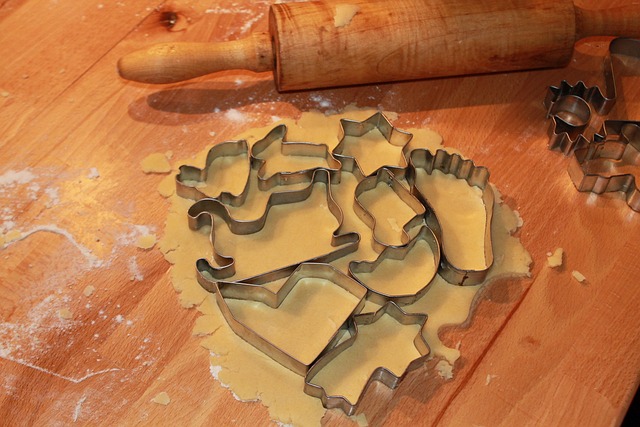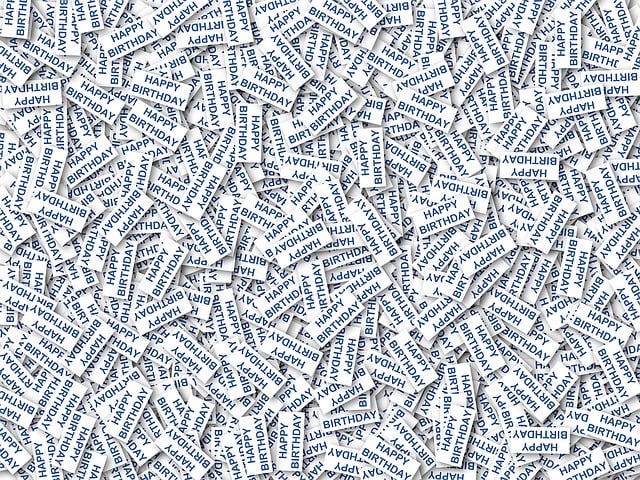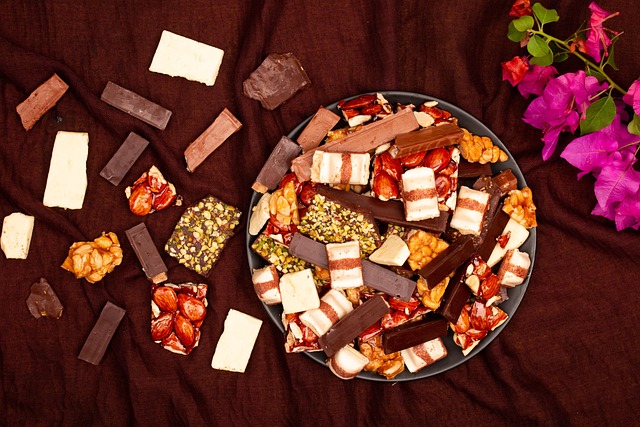Photo upload interfaces facilitate sharing and storage of visual memories, with key features including accessibility, bulk uploads, error handling, and intuitive design. Well-designed interfaces offer a clean layout, personalized buttons, progress bars, and enhanced experiences like decorated cookies for user engagement. Future trends include responsive design, optimized file handling, AI image enhancement, AR integration, and cloud-based storage, ensuring seamless, enjoyable photo upload experiences akin to decorating digital cookies tailored to individual tastes.
“In the digital realm, photo upload interfaces serve as gateways, connecting users’ visual stories with online platforms. From social media sharing to e-commerce product listings, these interfaces play a pivotal role in user engagement. This article explores the fundamentals of photo uploads, highlighting key elements for optimal design. We delve into unique cases like decorated cookies, showcasing the importance of user-friendly interfaces. Additionally, technical considerations and best practices are discussed to ensure seamless experiences. Finally, we glimpse into future trends shaping this dynamic landscape.”
- Understanding Photo Upload Interfaces: The Basics
- Key Elements of an Effective Photo Upload Interface
- Decorated Cookies: A Unique Use Case for User-Friendly Uploads
- Technical Considerations for Seamless Photo uploads
- Best Practices for Enhancing the User Experience
- Future Trends in Photo Upload Interfaces
Understanding Photo Upload Interfaces: The Basics

Photo upload interfaces are a fundamental aspect of digital platforms, enabling users to share and store their visual memories. These interfaces facilitate the process of uploading photos, ensuring they are accessible and well-organized. At their core, they provide a user-friendly space where individuals can select images from their devices, apply basic editing tools, and then upload them to a cloud storage or a website. The design should be intuitive, allowing users to navigate through their galleries effortlessly, much like decorating cookies with various toppings—a simple, enjoyable task.
A well-designed photo upload interface considers accessibility and performance. It offers options for bulk uploads, ensuring efficient management of large collections. Additionally, it incorporates error handling mechanisms, providing clear feedback when there are issues, such as corrupted files or insufficient storage. Just like a baker ensures their cookies turn out perfect every time by attending to the recipe and oven temperature, these interfaces need to be finely tuned to deliver seamless experiences for users sharing their photos.
Key Elements of an Effective Photo Upload Interface

An effective photo upload interface should be designed with user experience in mind, ensuring a seamless and intuitive process for sharing images. Key elements include a clean layout with prominent buttons for selecting photos from devices or uploading from cloud storage. A progress bar can provide visual feedback during uploads, enhancing user satisfaction.
Additionally, platforms like social media sites often incorporate features such as decorated cookies to personalize the interface, allowing users to customize their photo upload experience further. These decorative elements not only make interactions more enjoyable but also help in differentiating one platform from another, fostering user engagement and loyalty.
Decorated Cookies: A Unique Use Case for User-Friendly Uploads

In the realm of digital interactions, photo upload interfaces have evolved from simple, functional tools to engaging experiences that cater to diverse user needs. One unique use case worth highlighting is the integration of decorated cookies—a whimsical yet effective approach to enhancing user-friendly uploads. By allowing users to associate a personal, decorative cookie with their uploaded photos, platforms can create a memorable and interactive process. This innovative feature not only adds a touch of playfulness but also serves as a powerful visual reminder, encouraging repeat engagement.
For instance, a food blog platform could enable users to decorate digital cookies with custom designs, colors, or even text, symbolizing the culinary creation depicted in their photo upload. Such an approach fosters creativity and builds anticipation, making the act of sharing images more enjoyable and memorable. This unique twist on traditional uploads can significantly enhance user satisfaction, especially among those who appreciate a blend of functionality and fun in their digital experiences.
Technical Considerations for Seamless Photo uploads

When designing a photo upload interface, several technical considerations come into play to ensure a seamless user experience. One crucial aspect is compatibility with various devices and browsers, as users access platforms from diverse tech setups. Optimizing for responsive design allows images to be displayed adaptively, enhancing accessibility. Additionally, implementing modern web technologies like HTML5’s File API facilitates cross-browser file uploads without relying on third-party plugins.
Another essential element is handling large files efficiently. Using decorated cookies or server-side processing techniques can manage and store high-resolution photos without slowing down the upload process. Efficient coding practices, such as progressive image loading and optimized compression algorithms, further enhance performance. These measures ensure that users can quickly upload their images, contributing to a positive overall experience.
Best Practices for Enhancing the User Experience

Creating an intuitive and user-friendly photo upload interface is paramount for a seamless experience. Best practices include simplifying the process with clear instructions and visual cues, ensuring compatibility across devices and browsers, and implementing drag-and-drop functionality for enhanced ease. Personalization can be added through custom themes or decorated cookies, allowing users to align the interface with their brand or preferences.
Error handling is another critical aspect; provide informative messages that guide users on how to resolve issues rather than leaving them confused. Additionally, progress indicators give users reassurance during uploads, especially for larger files. These practices collectively contribute to higher user satisfaction and engagement, making your photo upload interface a standout feature in the digital landscape.
Future Trends in Photo Upload Interfaces

In the evolving landscape of digital interactions, future photo upload interfaces are poised for a sweet transformation, much like decorated cookies tailored to individual tastes. The trend leans towards seamless, user-friendly experiences that cater to both casual and professional content creators. Advanced features such as AI-driven image enhancement, automatic categorization, and intuitive drag-and-drop interfaces will become the norm, making photo uploads faster and more efficient.
Moreover, integration with augmented reality (AR) tools could introduce a playful element, allowing users to enhance their photos before uploading them. This, coupled with cloud-based storage solutions that offer infinite space and instant access, promises a future where managing digital photographs becomes as delightful as decorating those delectable cookies, tailored to individual preferences and offering a rich, immersive experience.










